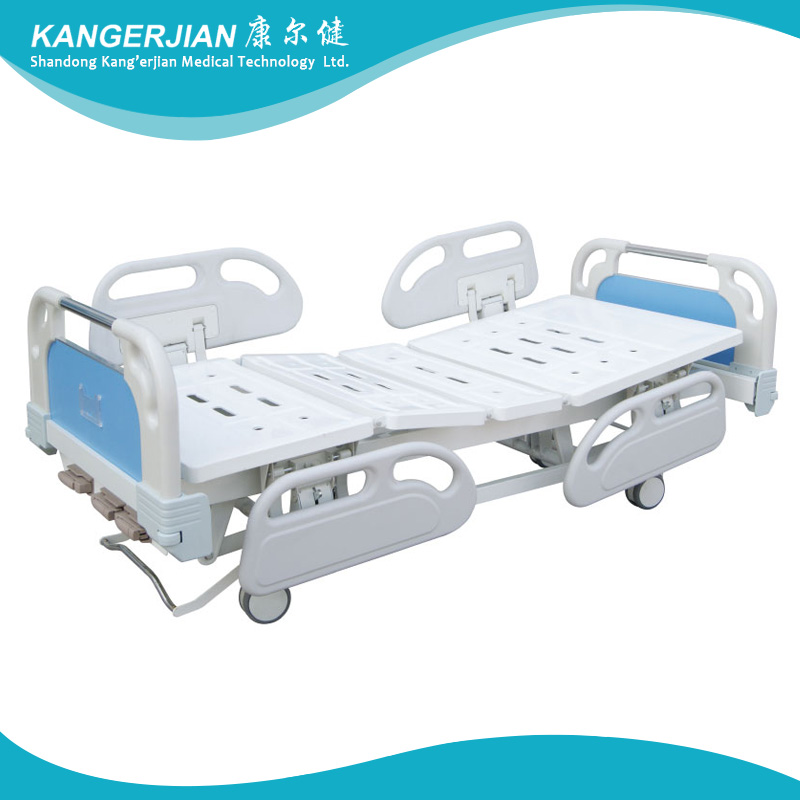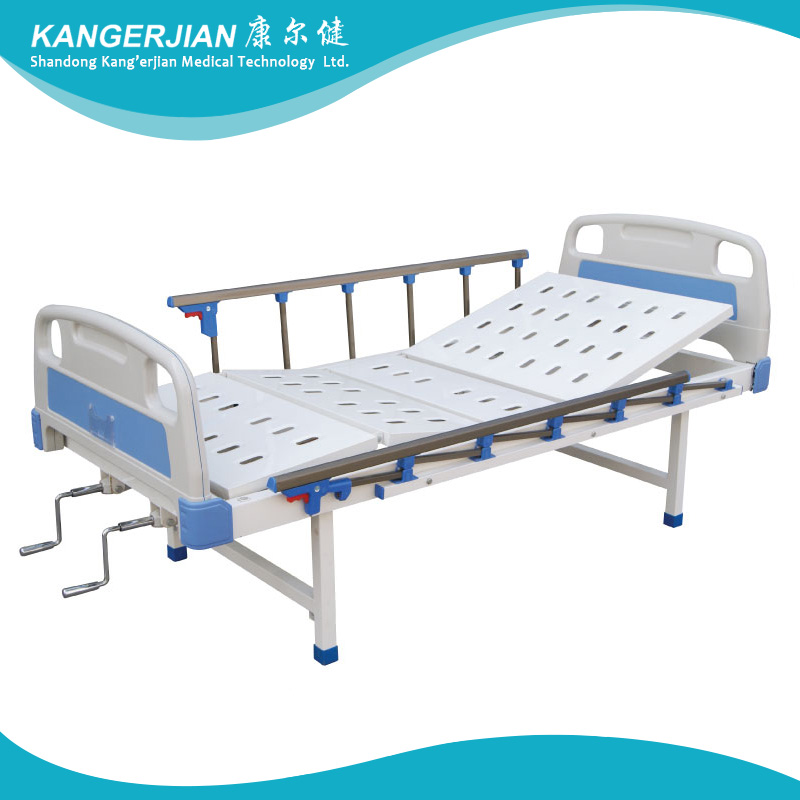Research and practice have proven that crops can be controlled or mitigated by cropping or interplanting, interplanting, or mixed cropping, and that the occurrence of certain pests and diseases can often be controlled or mitigated, thus receiving the effect of “do not apply pesticides and win pesticidesâ€. for reference. Cotton-cotton intercropping this method of arranging is very beneficial to controlling cotton aphids at the seedling stage. Because of the barrier function of wheat, cotton intercropping of wheat not only directly affects the migration of cotton aphid, but also the temperature of cotton field is about 1°C lower than that of monocropping field. With the role of wheat natural enemies, seedling mites can be controlled without pesticide control. According to observations at 4 test sites in Shandong Province in 1988, the annual total of insecticide-free cotton fields was reduced by 31.3%, while the average cotton field was reduced by 18.1%. Wheat smoke nesting can effectively control the damage of tobacco stems because the wheat strains can impede the migration and landing of soot, and the role of natural enemies such as coccinella septempunctata. According to a report from the Institute of Specialized Crops of Shaanxi Academy of Agriculture and Forestry Sciences, tobacco mosaic disease occurred in Shanzuo Tian, ​​and the rate of diseased plants was as high as 62.7%, and only 5% of the plots were planted. Intercropping cotton mungbeans in May and June, a single crop of small cotton trees, is not conducive to concealment and habitat of natural enemies. Intercropping field mung bean is fast and the field microclimate is conducive to the survival and reproduction of natural enemies. Soybean meal is a good food for natural enemies, so the number of natural enemies increases. , cotton pests reduce, generally less control 1-2 times. Cotton Field Seed Rape Every row of 8-10 rows of cotton fields in the cotton field is sown with 1 row of rapeseed, using rapeseed for rapid growth, lush foliage, early occurrence of rapeseed, etc., to attract natural enemies to settle and breed; after the occurrence of cottonseed, natural enemies on rape Automatic transfer to nearby cotton seedlings can effectively control or reduce the occurrence and damage of cotton aphid and cotton bollworm. According to a survey from 1979 to 1982 in the Liaocheng area of ​​Shandong Province, the number of natural enemies per plant was between 46 and 316, and the amount of alfalfa was 10-20. The number of single-line natural enemies in rapeseed was 1572-987, which was effectively controlled for 4 consecutive years. The seedlings were damaged and in 1981 they also controlled the second generation of cotton bollworms. Cotton field sorghum planting a small amount of sorghum next to the cotton sorghum trench can trap natural enemies such as spiders, dragonflies, beetles, ladybugs and florets to suppress the occurrence and damage of cotton aphid and cotton bollworm.
1. Frame :high quality section steel welding,The surface electrostatic spray, durable, beautiful and generous.
2. Bed panel is made of molding cold rolled steel, surface electrostatic spray, corrosion resistant, easy to clean.
3. Head & foot board:use ABS high quality engineering plastics and stainless steel pipe, lined with fireproof board, beautiful appearance, soft color . easy to removed.
4. Caster:use Taiwan Shi Ke Rui control wheel,No noise, Convenient mobile, four wheel synchronous braking system, lock solid.
5. Guardrail : ABS lifting guardrail, 4-piece, When not in use can be hidden in the bed.
6. Handle:ABS hidden handle
Manual Hospital Bed,Manual Hospital Equipment Bed,Manual Lift Hospital Bed,Functions Manual Hospital Bed Shandong Kang'erjian Medical Technology Ltd. , https://www.operatingtable.nl

